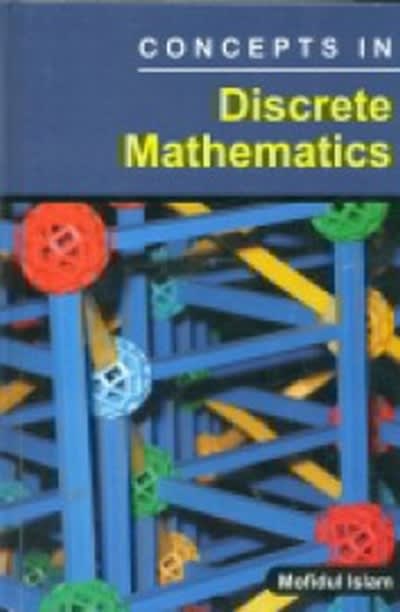Question
analyze expected and observed results using chi-square tests. You will practice the chi-square math using two common tests: flipping a coin and rolling dice. You
analyze expected and observed results using chi-square tests. You will practice the chi-square math using two common tests: flipping a coin and rolling dice. You will apply the math techniques to genetic scenarios in the next exercise.
Procedure
Part 1: Coin Tossing and Chi-square
- Gather a coin (i.e. a penny or some other type of coin), a sheet of paper, and a pen or pencil.
- Data Table 1will be used to record the expected and observed outcomes of coin tosses. A general expectation is that there is an equal chance of the coin landing heads-up or tails-up during the toss. If the coin is tossed 100 times, the expected number of tosses that will land heads-up is 50, and the expected number of tosses that will land tails-up is also 50. Record these expected data for a total of 100 tosses inData Table 1.
Note: The row titled "Expected" in Data Table 1 should be complete before moving on to the next step. Refer to the sample data table in the background as necessary.
- On a separate piece of paper, create two columns. Label the first column "heads-up"and the second column "tails-up."
- Flip the coin by tossing it in the air and allowing it to land on a solid surface. Determine whether the coin landed heads-up or tails-up. See Figure 9. Then, record a tally mark in the appropriate column.
Figure 9.Penny: heads-up (left) and tails-up (right).
- Continue to flip the coin and record tally marks until you have achieved a total of 100 trials.
- Count the total number of tosses that resulted in "heads-up"and "tails-up,"and enter the data in row titled "Observed"inData Table 1.
- Calculate the chi-squared variable (X2) using the following equation. Show your work inPanel 1.
X
2
=
(Observed Value - Expected Value)
2
Expected Value
X2=(Observed Value - Expected Value)2Expected Value
- Record the degrees of freedom inData Table 2.
- Use the chi-square distribution table (Table 1) to determine the range of the p-value. Record the p-value inData Table 2.
- InData Table 2, record whether your calculated p-value was greater than (>) or less than (<) 0.05. Using the p-value of 0.05 as a benchmark, determine if there was a statistically significant difference in the expected and observed results. (Refer to the background as needed.)
Part 2: Dice Rolling and Chi-square
- Consider a six-sided die, like the dice picture in Figure 10.
Note: "Die"is singular and "dice"is plural.
Image copyright Sascha Burkard
Figure 10.Six-sided dice.
- If a die were rolled 60times, one might expect to roll each of the numbers about 10 times. Examine the data listed in the row titled "Expected"in Figure 11.
Figure 11.Die roll data.
- An experimental trial was performed and the observed results are also shown in Figure 11. Review the observed results. ("1"was rolled 4 times, "2"was rolled5 times, etc.)
- Calculate chi-squared (X2). Show your work inPanel 2.
Hint: You will need to calculate "the sum total of (observed - expected)2/ expected"for all 6 numbers.
- Record the degrees of freedom inData Table 3. (First, consider that the total number of possible outcomes is 6, and then determine the degrees of freedom. Refer to the Background as necessary.)
- Use the chi-square distribution table (Table 1)to determine the range of the p-value. Record the p-value range inData Table 3.
- InData Table 3,record whether your calculated p-value was greater than (>) or less than (<) 0.05. Determine if there was a statistically significant difference in the expected and observed results.
Data Table 1: Coin Toss Data
Heads - up : Tails-up : Total
Expected
Observed : :
In total you should have 6 Outcomes
It should read Expected with heads up, then Expected with tails up and Expected Total.
As well as the observed section with heads up, then observed with tails up, and then observed total.
Step by Step Solution
There are 3 Steps involved in it
Step: 1

Get Instant Access to Expert-Tailored Solutions
See step-by-step solutions with expert insights and AI powered tools for academic success
Step: 2

Step: 3

Ace Your Homework with AI
Get the answers you need in no time with our AI-driven, step-by-step assistance
Get Started


